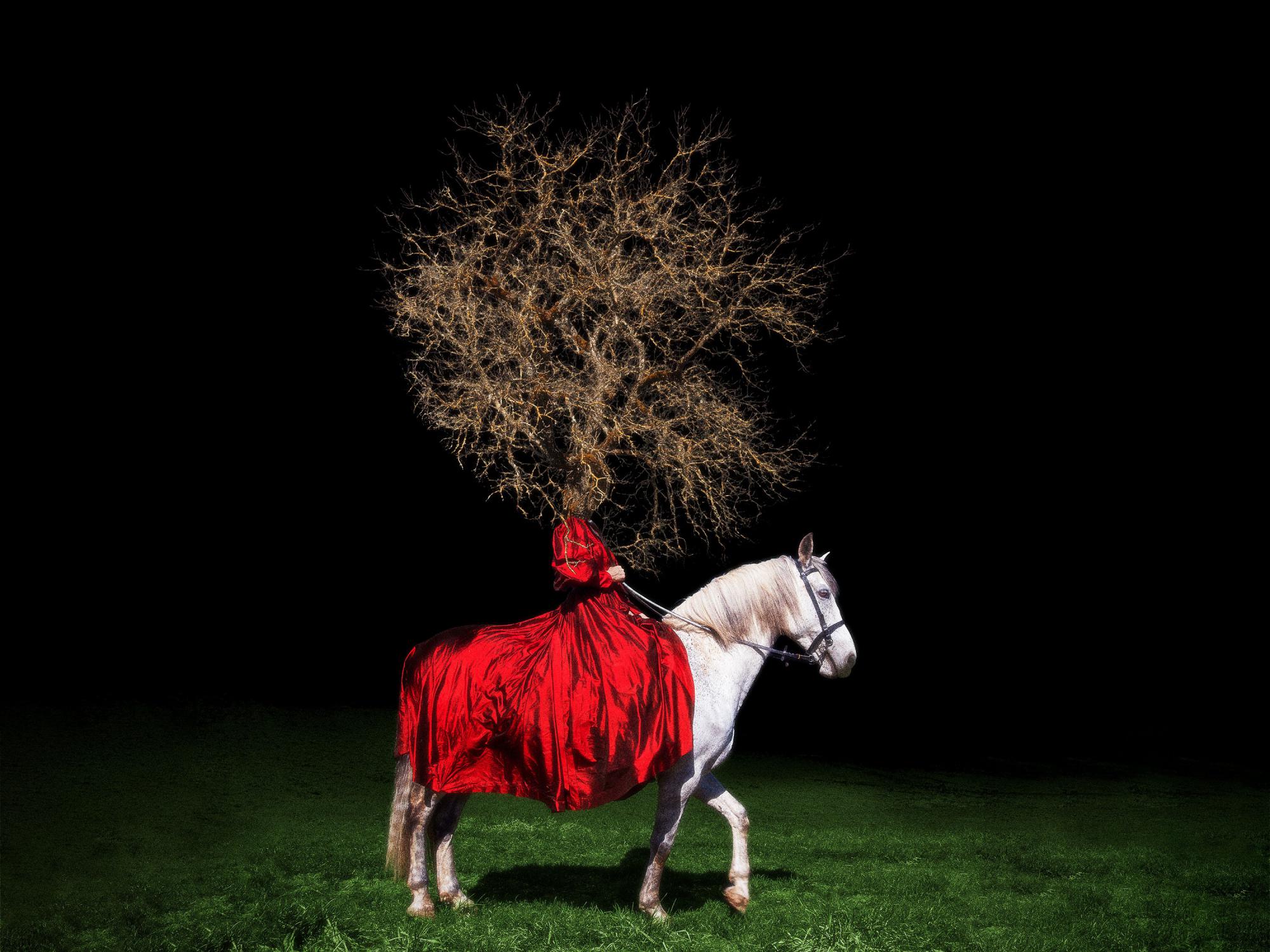
The fairy tale ends here
Compagnie Tabea Martin presents a piece for children at Tanzhaus nrw Düsseldorf

Sie möchten diesen Archiv-Text in voller Länge weiterlesen?
Dann unterstützen Sie bitte die Arbeit der tanznetz-Redaktion mit einem Abo bei Steady - damit Sie unbegrenzten Zugriff auf viele exklusive Archiv-Titel erhalten (Monats- oder Jahresmitgliedschaften möglich).
JETZT MEHR ÜBER DIE TANZNETZ-ABO'S BEI STEADY ERFAHREN!
Sie haben bereits ein Steady-Abo für tanznetz und sind auf tanznetz.de als User*in registriert? Dann loggen Sie sich bitte hier bei tanznetz ein.
Sie haben Fragen oder Probleme? Dann schreiben Sie bitte eine E-Mail an service@tanznetz.de.
Vielen Dank für Ihre Unterstützung,
Ihre tanznetz Redaktion.
tanznetz ist ein Fachmagazin im Internet. Wir werden nicht öffentlich gefördert und ermöglichen unseren Leser*innen trotzdem kostenlosen Zugang zu allen Texten der letzten 12 Monate. Damit dies so bleiben kann, brauchen wir Sie!